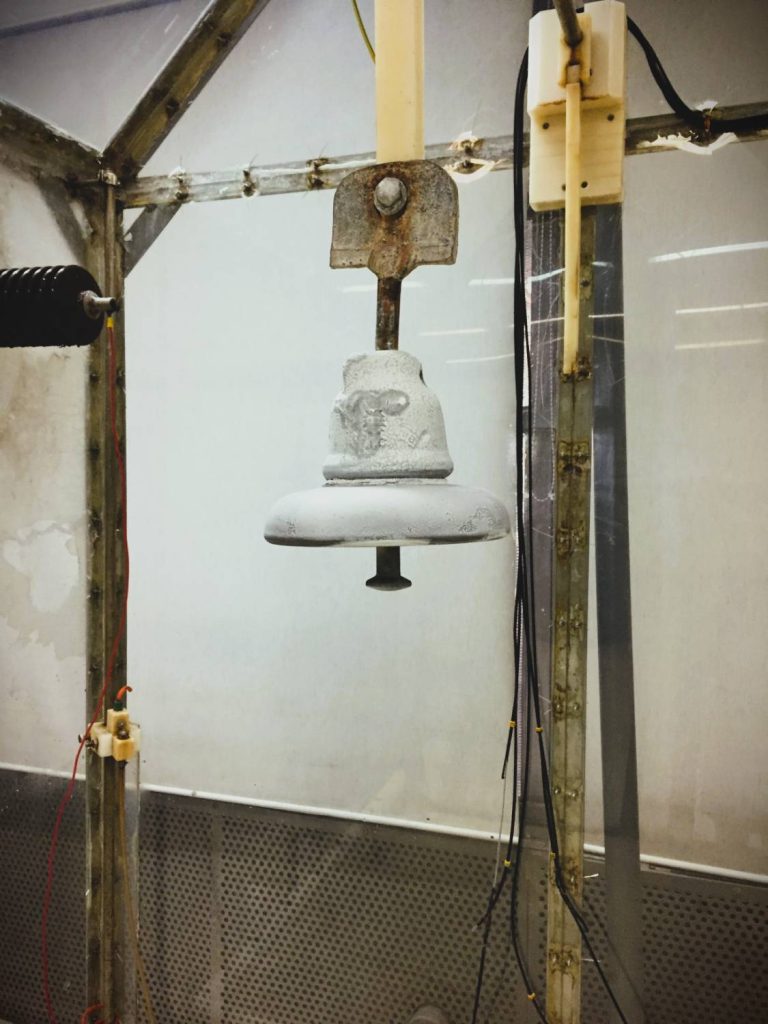
Currently, insulator contamination is one of the most critical causes of flashover and security problems in high voltage power systems. To overcome this problem, Room Temperature Vulcanized (RTV) silicone rubber coating and recently nano-RTV composite coating are used in the contamination area as maintenance measures for porcelain insulator in power transmission lines. Nano-RTV coating is an approach to improve the properties of porcelain insulators and reliability of the power grid. This paper proposes a new model for evaluating the relationship between contamination level and critical flashover voltage in the presence of nano-RTV coating
based on experimental results. Artificial contamination test was carried out in clean fog test on coated and noncoated insulators. Besides, a comparison was made between the surface hydrophobicity of these insulators through evaluating contact angles. Finally, in order to evaluate the effect of contamination intensity through insulator electrical stability on reliability, the life time expectation model was improved and modified. This modified model was employed to evaluate reliability and performance of RTV-coated, nano-RTV-coated, and non-coated porcelain insulators. Results show that using the nano-RTV- coated insulators can improve life time
and failure probability density function of insulators compared to traditional coatings and non-coated ones particularly in contaminated area.
also read :Aging Comparison of the RTV and nano RTV insulator coatings due to thermal and electrical stress